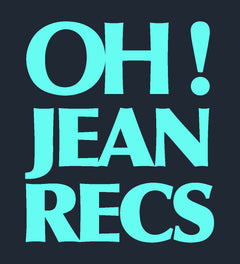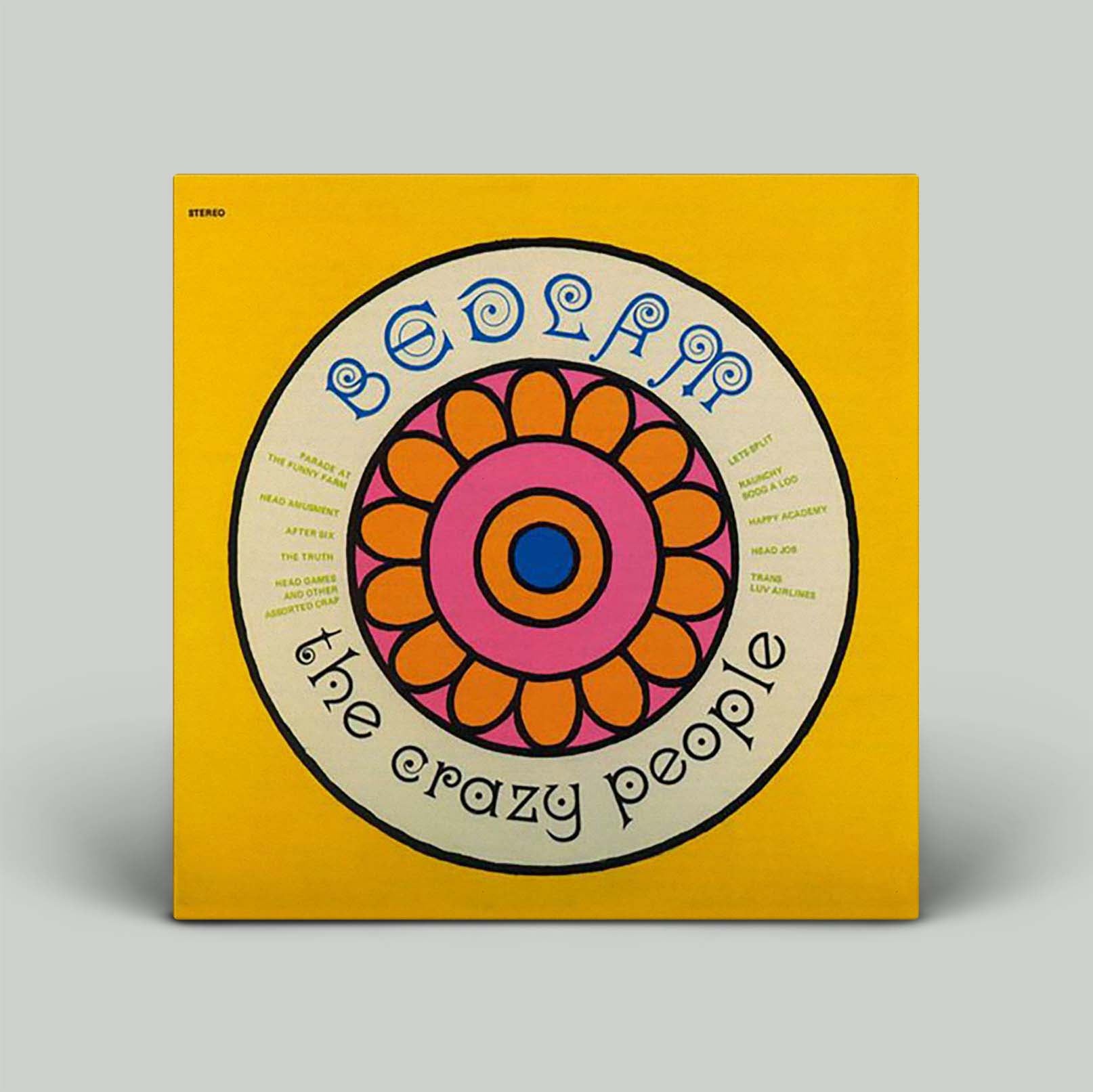Description
The album Bedlam contains a unique, schizophrenic and psychedelic musical experience that cannot be compared to any other from the era. The track "Parade at the Funny Farm" sets the tone for the rest of the album, with its unconventional sound and eclectic mix of genres. Other notable tracks include the bizarre yet beautiful "After Six" and the sound-collage of "Head Games and Other Assorted Crap." Overall, Bedlam stands as a time-capsule of its era with its humorous and intriguing take on various cultural influences.

